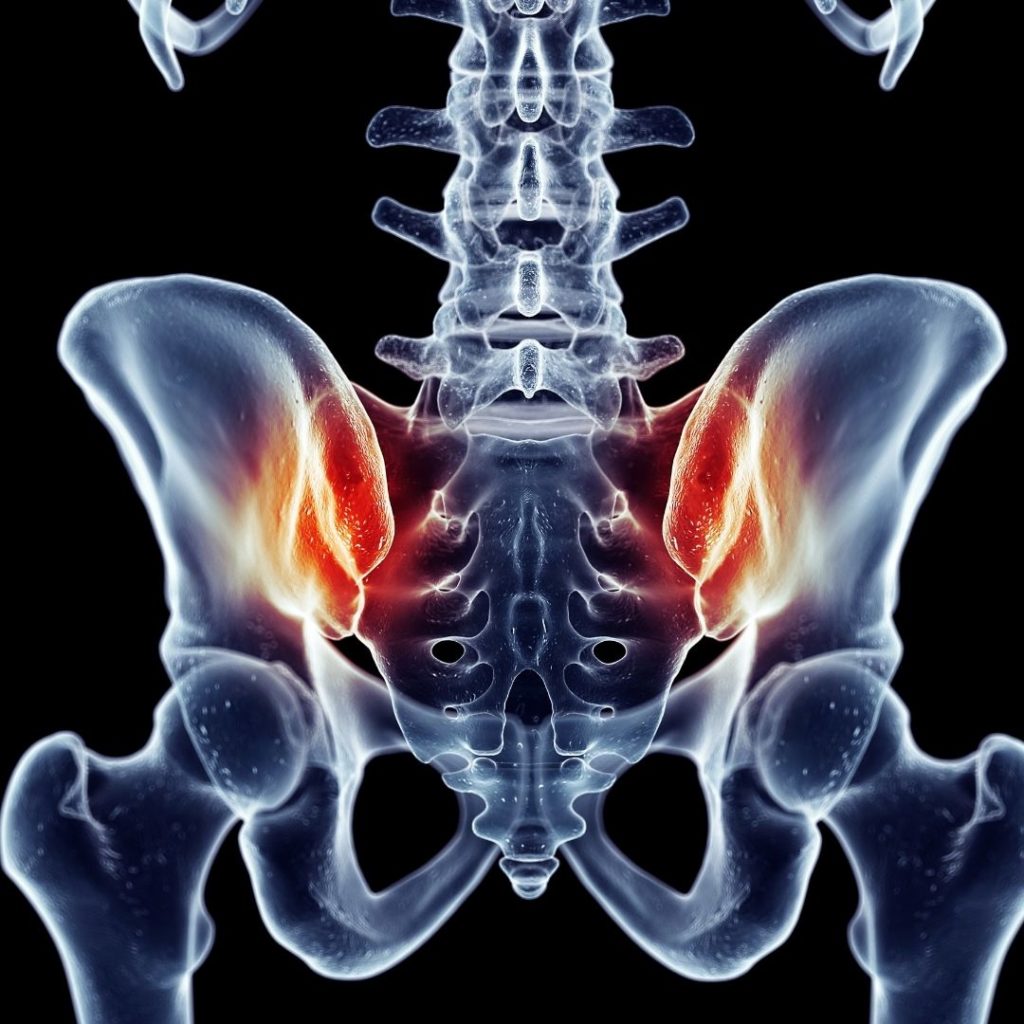Every person has a pelvic floor made up of the muscles that support the urinary and reproductive tracts. This group of muscles also controls the bladder and the bowels. In women specifically, the pelvic floor keeps the bladder in place in the front and the vagina and rectum in the back. The pelvic floor is vital in both men and women. The muscles in your pelvic floor help to keep your bladder and other organs in place and functioning properly. If you need pelvic floor therapy in Murray Hill, contact the team at H&D.
The pelvic floor muscles attach to the tailbone and the pubic bone. If the muscles in the pelvic floor are weak or are not working in the way that they should, this is called pelvic floor dysfunction. This dysfunction can be very painful and uncomfortable for someone to deal with every day while trying to do normal activities in their life. Finding the right doctors and treatments for this is very important; if you need pelvic floor therapy in Murray Hill, contact H&D Physical Therapy.
What Is Pelvic Floor Dysfunction?
Pelvic floor dysfunction is when your pelvic muscles can’t relax or work together with the way they should. If these muscles can’t relax and they only tighten, you may be experiencing these symptoms:
- Constipation
- Peeing frequently
- Trouble controlling your bowels or urine causing leaks
- Pain during sex in women
- Erectile dysfunction in men

Things that may trigger pelvic dysfunction may include:
- Pelvic surgery
- Aging
- Pregnancy
- Being overweight
- Overuse of the pelvic muscles
- Serious injuries to the pelvic area
- Can be hereditary
Treatment For Pelvic Floor Dysfunction
Patients can meet individually with a nurse educator who provides a session on bowel management techniques. Adding to this process, a daily regimen combines an evening dose of fiber supplement with a morning routine of mild physical activity. Once patients with pelvic floor dysfunction have these basic tools, they can begin retraining the pelvic floor muscles with biofeedback.
Biofeedback provides information based on operant conditioning to help retrain the pelvic floor. Patients also learn to identify internal sensations associated with relaxation and long-term skills and exercises for at home and everyday use. Other treatment options include:
- Medication- your doctor may prescribe a muscle relaxant to help with pelvic floor dysfunction symptoms. These relaxants can prevent your muscles from contracting.
- Self-care- to reduce strain on your pelvic floor muscles, avoid pushing or straining when using the bathroom. It is recommended to try Yoga and stretching, which can help to relax your pelvic floor muscles. Taking warm baths is also very helpful; warm water improves blood circulation and relaxes the muscles.
- Surgery-If your pelvic floor dysfunction is the result of a rectal prolapse, which is a condition that causes the rectal tissue to fall into the anal opening, surgery will loosen the pelvic organs and cause them to relax.
- Soft tissue mobilization
- Myofascial release the pelvic floor muscles and surrounding structures
- Visceral mobilization
- Abdominal massage
- Postural reeducation
- Exercises for core and pelvic floor muscle coordination.
Pelvic Floor Therapy in Murray Hill
Getting the right care and help from educated and experienced doctors are pivotal to your overall health when dealing with pelvic floor dysfunction. This does not have to be something that completely ruins or changes your life, but it is something that should not be overlooked or taken lightly. Pelvic floor health is something that most people do not worry about, but it is something that many people should pay attention to. At H&D Physical Therapy, we will provide pelvic floor therapy in Murray Hill for our patients in need!
You must be logged in to post a comment.